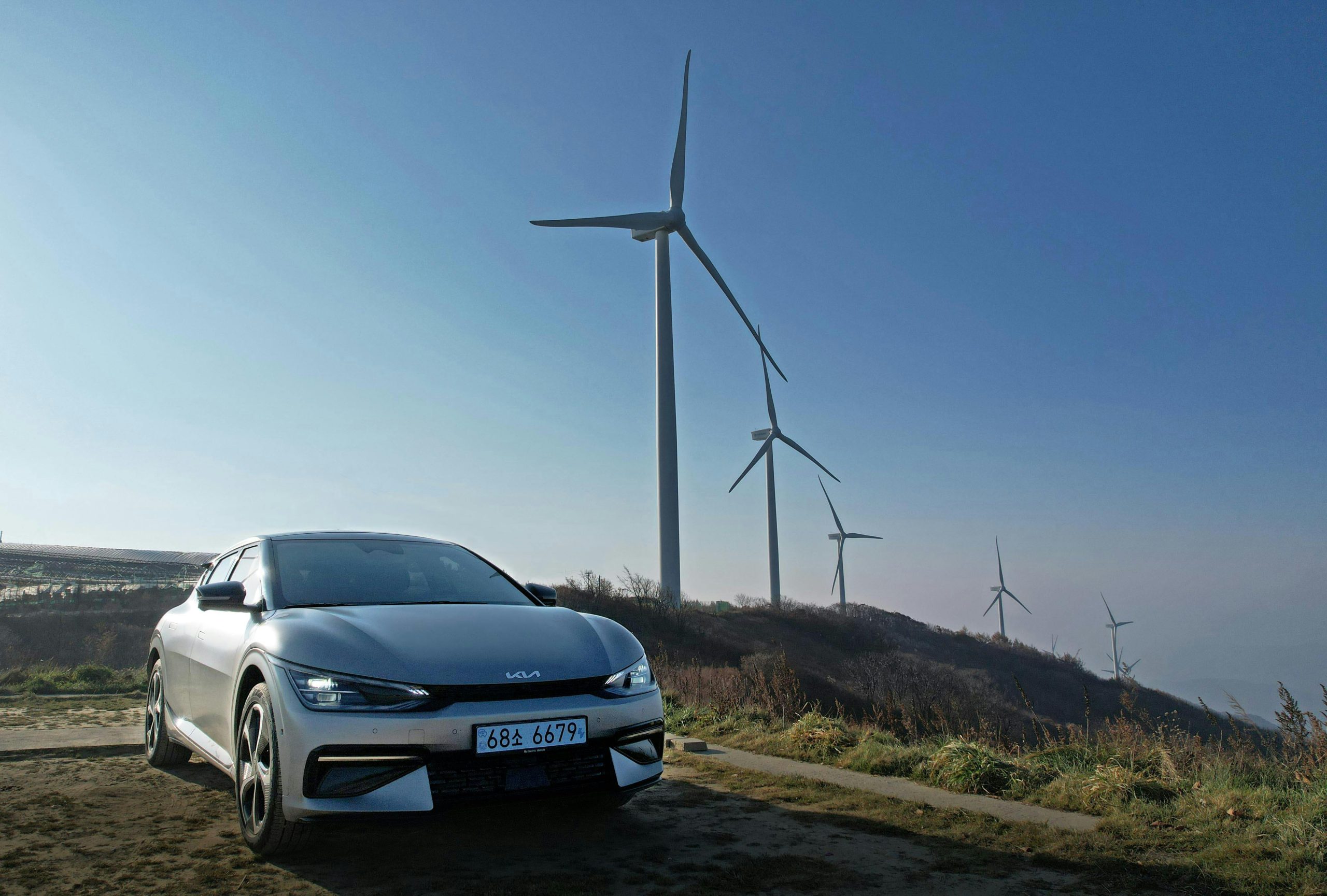The way we travel has always been a reflection of our time. From steam engines to jumbo jets, each era introduced new ways to experience the world. Today, we’re witnessing another shift—not in the vehicles we use, but in the layers of digital technology transforming how we plan, book, experience, and remember our journeys. Travel in the 21st century is being reshaped by apps, automation, virtual tools, and artificial intelligence, all working quietly in the background to create smoother, more personalized experiences.
This digital evolution is no longer just about convenience. It’s changing the very nature of travel itself.
Smarter Planning Before You Leave
Gone are the days of flipping through guidebooks and printing out itineraries. Modern travelers are now using AI-powered platforms that can tailor entire trips based on individual preferences. These tools don’t just suggest destinations—they analyze your past travel history, current interests, time constraints, and even the weather to recommend where to go, what to do, and when to do it.

Dynamic pricing engines track millions of data points to predict the best time to book flights and hotels. Travel planning apps consolidate your reservations, maps, and recommendations in one place, giving you a single digital hub that updates in real time.
It’s not just about organizing the trip—it’s about optimizing it from the start.
Contactless Everything
The pandemic accelerated a shift toward contactless solutions, but they’ve stayed because of how effective they are. Mobile check-ins at hotels, facial recognition at airport gates, and QR-code-based boarding passes have removed much of the friction from traditional travel. In many cities, your smartphone now acts as your room key, your boarding pass, and your wallet.
Biometric authentication is becoming more common, especially in airports. Smart security lanes and self-boarding gates use facial recognition to verify identities, speeding up processes that once took hours.
This seamless movement through spaces reduces wait times and makes solo travel more accessible than ever before.
AI-Powered Translation and Communication
One of the most significant challenges travelers face—language barriers—is being dismantled by real-time translation tools. Apps now allow users to speak into their phone and hear translations in dozens of languages almost instantly. Even written signs and menus can be translated with a simple camera scan.
For many, this means deeper cultural interactions and the ability to navigate non-touristy areas with confidence. Whether you’re asking for directions in a small town in Japan or ordering street food in Peru, communication is no longer a major hurdle.
These tools also allow for more spontaneous travel—you don’t have to plan every moment in advance out of fear of misunderstanding or confusion.
Augmented Reality Enhancing the Experience
Walking tours are no longer confined to guidebooks or human guides. Augmented reality (AR) can now overlay historical data, reviews, and facts directly onto your surroundings through your phone or AR glasses. Imagine standing in front of the Colosseum and seeing a reconstruction of how it looked 2,000 years ago layered over the ruins.
Museums, landmarks, and even restaurants are adopting AR to provide interactive content that enriches the traveler’s experience. You can point your device at a dish and learn about its ingredients, origin, and even how it’s prepared—all in real time.
AR isn’t replacing the physical—it’s adding digital depth to it.
Virtual Reality as a Preview and a Bridge
Virtual reality (VR) is now helping travelers make better decisions before they go. Instead of relying on images or vague reviews, you can now “step into” a hotel room, walk through the lobby, or see the view from your window before booking.
For those unable to travel due to physical limitations, finances, or global restrictions, VR offers a chance to experience new places in an immersive way. Virtual travel won’t replace the real thing, but it’s becoming a meaningful option for education, therapy, and inspiration.
It also lets travelers try before they buy, reducing regret and increasing satisfaction once they’re on the road.
Robots and Automation in Travel Services
Robots are beginning to play quiet but noticeable roles in hotels, airports, and restaurants. In some airports, you’ll find robots guiding passengers to their gates. Certain hotels use robotic staff to deliver room service, clean common areas, or check in guests. These machines reduce human error and provide 24/7 service without fatigue.
Self-driving vehicles are also beginning to reshape airport shuttles and short-distance transfers. While full autonomy is still under development, semi-autonomous transportation is improving last-mile travel and giving people more independence—especially in cities with limited public transport.
The hospitality industry is learning how to combine machine efficiency with human warmth, using automation where appropriate but keeping the personal touch when it counts.

Personalized Experiences Through Data
Every time you interact with a travel app, make a booking, or leave a review, data is collected. That data can now be used not only to recommend future trips but to personalize every aspect of your current one.
Airlines remember your favorite seat and meal preferences. Hotels can adjust lighting, room temperature, and amenities based on previous stays. Apps can recommend restaurants with your dietary preferences already considered. Instead of one-size-fits-all trips, travelers now get curated experiences built from their unique habits and tastes.
This level of personalization enhances comfort and satisfaction, turning trips into more than just getaways—they become experiences that feel custom-built.
Sustainable Travel Through Smarter Technology
Technology isn’t just about ease and comfort—it’s also helping reduce the environmental cost of travel. Carbon footprint trackers, green travel apps, and sustainable booking platforms are giving travelers insight into how their choices affect the planet.
Electric buses, smart rail networks, and digital ticketing systems reduce waste and emissions. Many airlines now allow you to see your carbon output per flight and purchase offsets directly during booking. Hotels with energy-efficient systems and smart lighting use sensors to reduce unnecessary energy use.
For travelers concerned with the environment, technology is making it easier to choose the greener path.
The Road Ahead

Travel isn’t becoming less human—it’s becoming more responsive. The digital tools shaping our journeys are making the world more accessible, more interactive, and more efficient. They allow us to move with greater ease, connect with cultures more deeply, and craft experiences that are both personal and memorable.
What lies ahead is not a cold, tech-dominated version of travel but one where the technical details fade into the background and leave more space for emotion, exploration, and connection. The future of travel is already here. We’re not waiting for it—we’re part of it.





